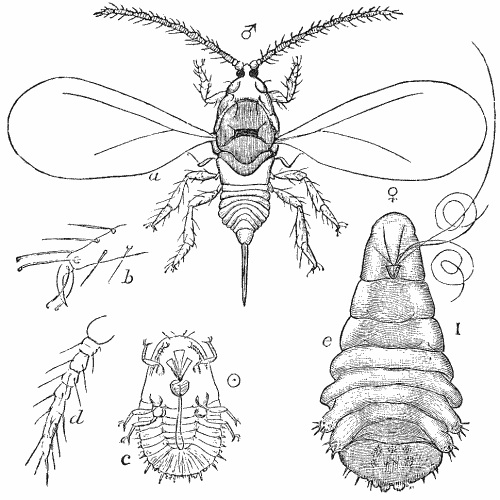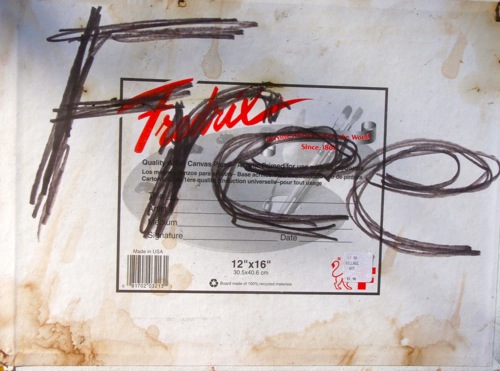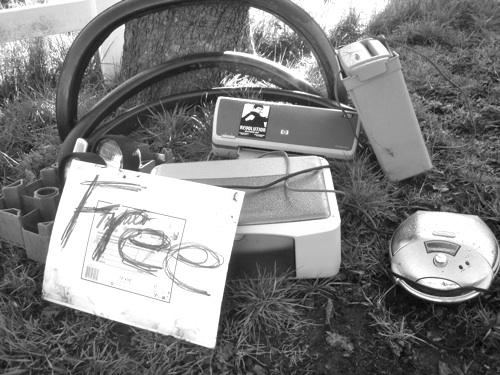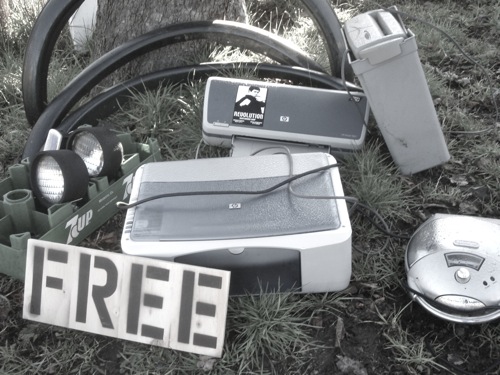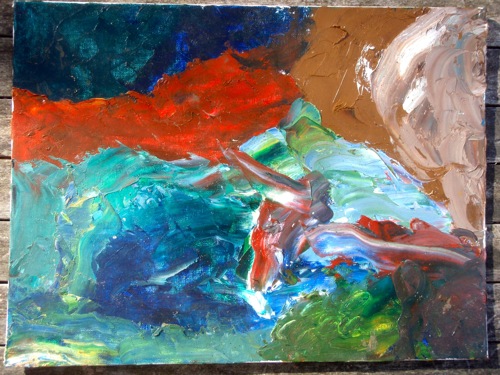
Last night the City of Oakland approved our preliminary concept for a new public art project to be sited adjacent to Lake Merritt, as a part of the Lakeside Green Streets initiative. This is our biggest commission to date, so we’re very excited to bring the concept into reality. I’ve attached a few images of a scale model I made in clay, and a rendering by Ian Espinoza, the very talented architectural illustrator we hired to help with our presentation. Here is the narrative I wrote to accompany Ene’s excellent powerpoint presentation:
MAKKEWEKS
Lake Merritt formed naturally as a tidal lagoon with a 600’ inlet to the bay, surrounded by thousands of acres of wetland. Since the Ohlone inhabited its shores, the lagoon has been home to a huge variety of sea creatures, including seals and sea lions, otters, leopard sharks and bat rays. Not surprisingly, sightings of these charismatic mega-fauna gave rise to stories of sea monsters and mermaids, originating with the Ohlone and persisting into the mid-19th century, when the lagoon became too polluted with sewage to support much life. ‘Makkeweks’ is the Ohlone/Rumsen word for ‘sea monster’.
The idea of ‘sea monster’ is common to all coastal cultures throughout history, persisting to contemporary times. Whether or not sightings have basis in fact, a sea monster is best understood as a kind of personification of the unknown, a poetic conjecture about the perennial mysteries of the Deep. Most often depicted as giant serpents, sea monsters are usually composite creatures of the imagination, borrowing traits from whatever species actually inhabit a particular body of water. In many ways, the persistence of sea monster sightings is an indication of a healthy marine environment, a folkloric interpretation of scientific evidence.
As Lake Merritt is restored to its natural origins as a tidal, saltwater lagoon, connecting to the Bay and to the sea beyond, one can anticipate an influx of native marine wildlife, perhaps even the occasional bat ray or leopard shark. Our Makkeweks sculpture is an homage to Lake Merritt’s restoration and a harkening of the return of native fauna. Borrowing traits from the bat ray, leopard shark, pipe fish and goby, Makkeweks is a sea monster, perhaps as imagined by the Ohlone or by early European settlers, or by future generations upon glimpsing a mysterious fin or hump rising from the estuary.
Sited in the Rain Garden of Snow Park, the sculpture will be cast in bronze, measuring approximately 12’ long, 7’ wide and 4’ high. As the Rain Garden’s centerpiece, Makkeweks will be an unexpected discovery to pedestrians, attracting viewers from all directions on paths connecting to the Lake, the Promenade and the lower part of Snow Park. The sculpture also makes subtle reference to the history of Snow Park as the site of the original Oakland Zoo, where naturalist Henry Snow displayed the exotic trophies from his hunting expeditions in the 1920s. Snow Park has a robust history as a popular downtown destination; Makkeweks will help to revive this latent tradition, becoming a beloved icon by the shores of Lake Merritt.
To help contextualize Makkeweks, the sculpture will be complemented by a series of photo-etched granite plates depicting marine life supported by tidal estuaries like Lake Merritt. Mounted on various concrete seating elements within close proximity to the sculpture, the 6†diameter plates will be surrounded by stainless steel rings with laser-etched text stating the creature’s common and Latin names, actual size, and whether native or invasive/introduced.
Our goal is for the Makkeweks sculpture to inspire the feelings of awe or wonder that accompany any encounter with the unknown. We believe these feelings are the foundation of all inquiry, and hope that by introducing people to the elements comprising a healthy marine ecosystem from multiple perspectives, we will redirect attention to the need for ongoing stewardship of Lake Merritt and its surroundings. Science works best in tandem with the imagination.

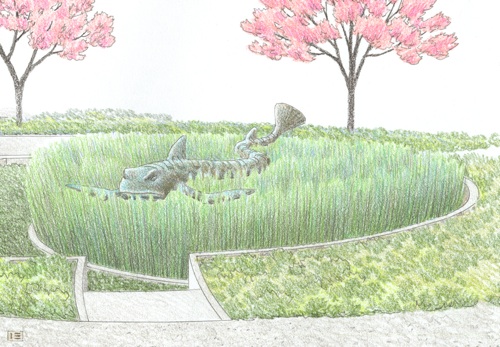

To learn more about the development of Makkeweks for Oakland’s Lakside Green Streets initiative, please click here and scroll down.






